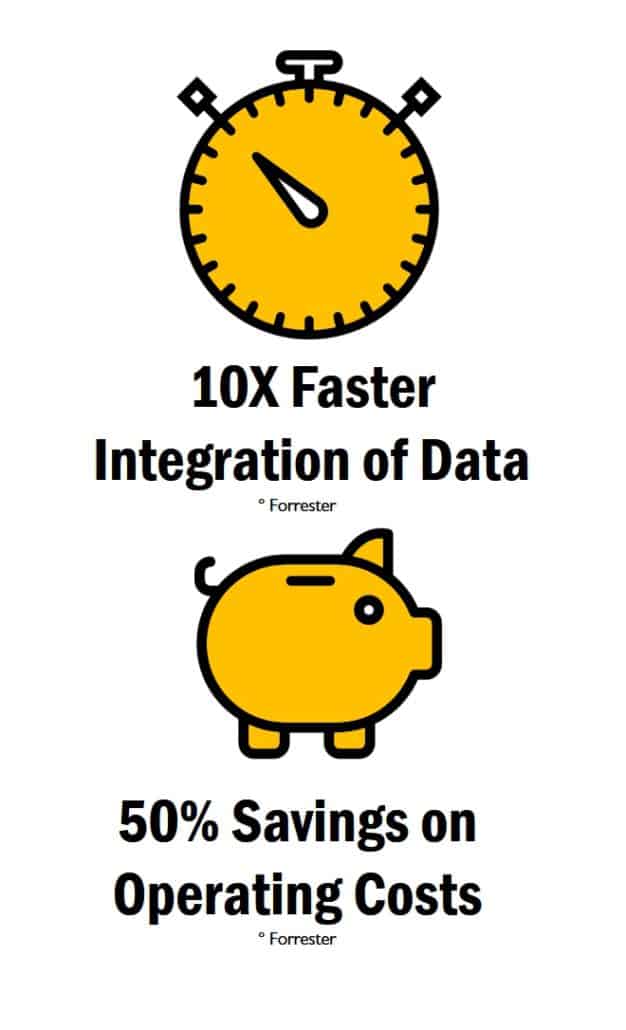WHERE DO YOU WANT TO START YOUR DATA VIRTUALIZATION JOURNEY?
The bigger issues for businesses are the proliferation of data silos along with the ever-expanding distribution complexity. In the past, humans entered most important business data and managed it in centralized data warehouses and transaction systems such as SAP. These were the traditional data sources for many large businesses.
Today, data is being moved to the cloud, forming even more data silos loaded with huge amounts of data. Salesforce and Workday applications, external data providers, and elastic storage and compute services such as Amazon Redshift and Microsoft Azure are a few examples. Multiple silos ultimately lead back to issues for the business. Its productive data resides in some – or all – of these places, in addition to disconnected desktop spreadsheets and people’s heads.
According to Gartner 90 percent of the information assets from big data analytic efforts will be siloed and unusable across multiple business processes. To win, businesses need to take advantage of all of their information. But how?

